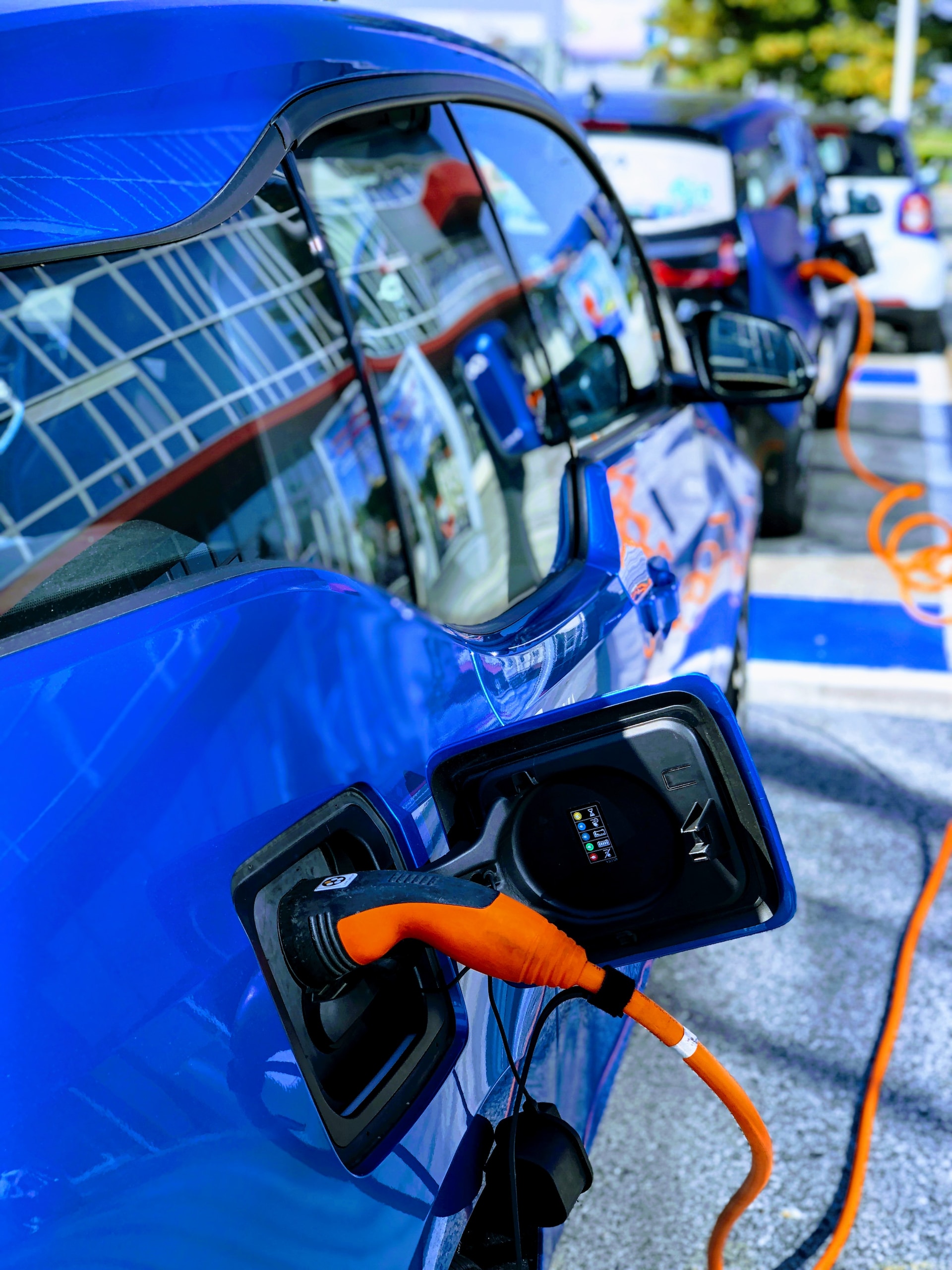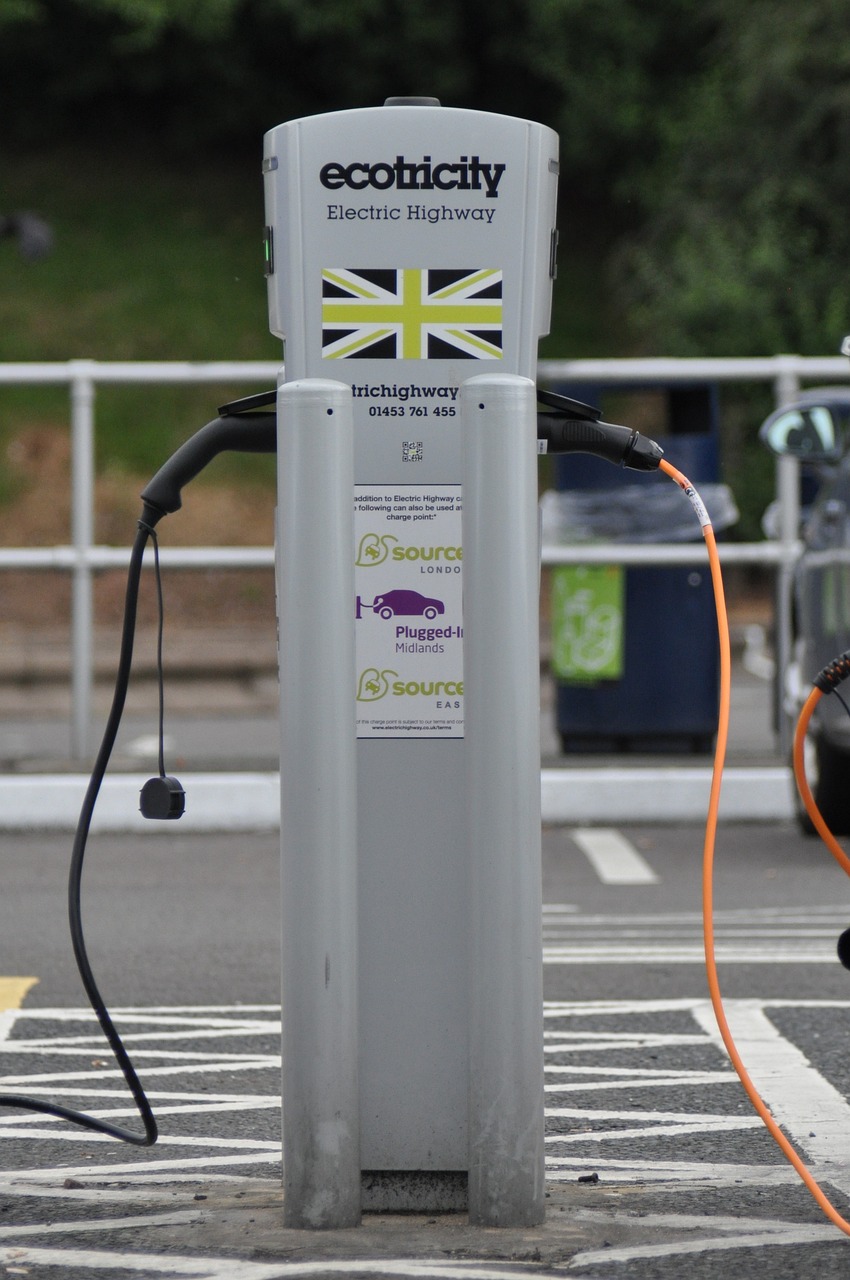The transition to electric vehicles (EVs) is gaining momentum as governments and consumers seek cleaner and more sustainable transportation options. Electric cars are widely recognized for their potential to reduce greenhouse gas emissions and mitigate climate change. However, the environmental impact of EVs can vary depending on regional factors such as energy sources, charging infrastructure, and policy initiatives. This report delves into the concept of the “Regional Cleanliness Quotient” and examines the factors that shape the environmental footprint of electric cars across different regions.
-
The Environmental Promise of Electric Cars:
Electric vehicles offer several environmental benefits compared to their gasoline-powered counterparts. These advantages include:
a) Zero Tailpipe Emissions: Unlike internal combustion engine vehicles, electric cars produce zero tailpipe emissions, reducing air pollution and improving local air quality. By eliminating direct exhaust emissions, EVs help mitigate the health risks associated with traditional vehicles.
b) Energy Efficiency: Electric motors are inherently more energy-efficient than internal combustion engines. EVs convert a higher percentage of energy from the grid into forward motion, resulting in lower energy waste and reduced overall energy consumption.
c) Renewable Energy Integration: Electric vehicles provide an avenue for the integration of renewable energy sources into the transportation sector. By charging EVs with electricity generated from renewable sources such as solar, wind, or hydroelectric power, the environmental impact can be further minimized.
-
The Regional Cleanliness Quotient:
The environmental footprint of electric vehicles can vary significantly across different regions, and the concept of the “Regional Cleanliness Quotient” aims to assess this variation. The Regional Cleanliness Quotient takes into account the following factors:
a) Energy Grid Composition: The electricity generation mix plays a crucial role in determining the environmental impact of electric vehicles. Regions with a higher share of renewable energy sources in their grids contribute to cleaner charging options for EV owners. On the other hand, regions heavily reliant on fossil fuel-based electricity generation may have a higher carbon footprint associated with charging electric vehicles.
b) Charging Infrastructure Development: The availability and accessibility of charging infrastructure are vital considerations in the widespread adoption of electric cars. Regions with well-developed charging networks, including public charging stations and fast-charging facilities, promote EV ownership and alleviate range anxiety. A robust charging infrastructure supports a positive environmental impact by facilitating the transition to electric mobility.
c) Policy Support and Incentives: Government policies and incentives play a crucial role in promoting the adoption of electric vehicles. Incentives such as purchase subsidies, tax credits, and grants for charging infrastructure development encourage consumers to choose electric cars. Additionally, supportive regulations and policies related to renewable energy integration and grid decarbonization further enhance the environmental benefits of EVs.
-
Assessing Regional Differences:
a) Energy Grid Analysis: To determine the Regional Cleanliness Quotient, an in-depth analysis of each region’s energy grid composition is essential. This analysis includes evaluating the percentage of renewable energy sources, fossil fuel dependence, and the trajectory of the grid’s decarbonization efforts. Regions with a higher renewable energy penetration rate are likely to have a lower environmental footprint associated with electric vehicles.
b) Charging Infrastructure Assessment: The availability and accessibility of charging infrastructure are crucial for the widespread adoption of EVs. Evaluating the number of public charging stations, their distribution, and the availability of fast-charging options provides insights into a region’s readiness for electric mobility. Well-developed charging infrastructure ensures that EV owners can charge their vehicles conveniently and reliably, supporting the overall environmental sustainability of electric cars.











